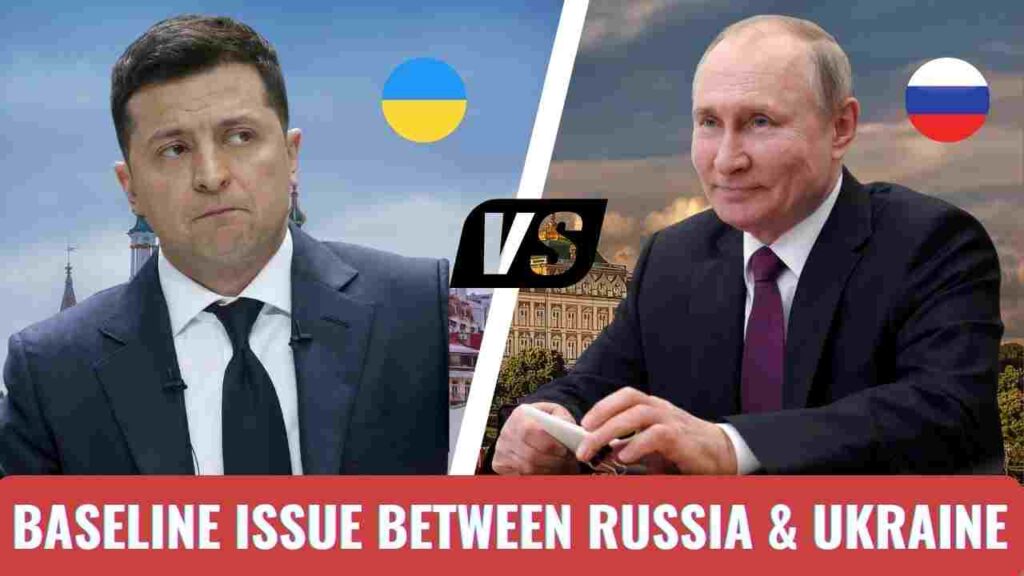
Russia Ukraine Conflict – Explained
First and foremost, you are not the only one here who is unfamiliar with history; we are all with you. According to present circumstances, a major conflict between countries may arise. Recently, US President Bidon backed Ukraine by warning Russia that if it invades the country, it would pay the price. And there’s a lot going on around here. The headlines on most news channels are about Russia and Ukraine. In this series of blogs, I’ll take you through the whole Russia Ukraine crisis, from the beginning to the present scenario’s predictions. Starting with What is the baseline conflict between Russia and Ukraine.
What is the Baseline conflict between Russia and Ukraine?
1. Young nations
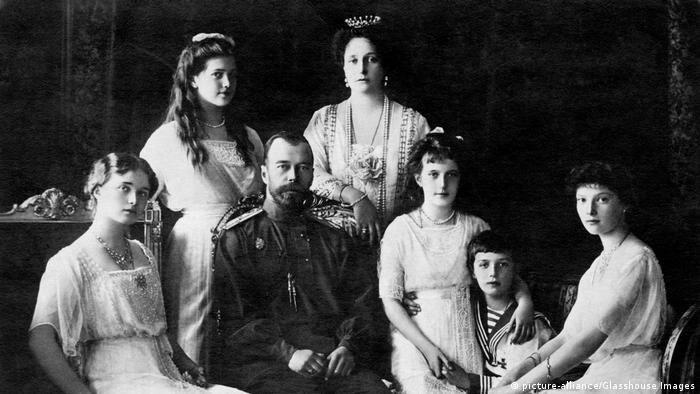
The Russian Federation and Ukraine are both relatively new political entities, having been established in 1991. Prior to then, they were both subjects of the same imperial authority, the House of Romanov, which was known as the Russian Empire at the time, and afterward the Soviet Union. Neither of them had any experience with democratic governance, government accountability, or power rotation. As a result, both had to begin the process of nation-building from the scratch.
2. Imperial legacy
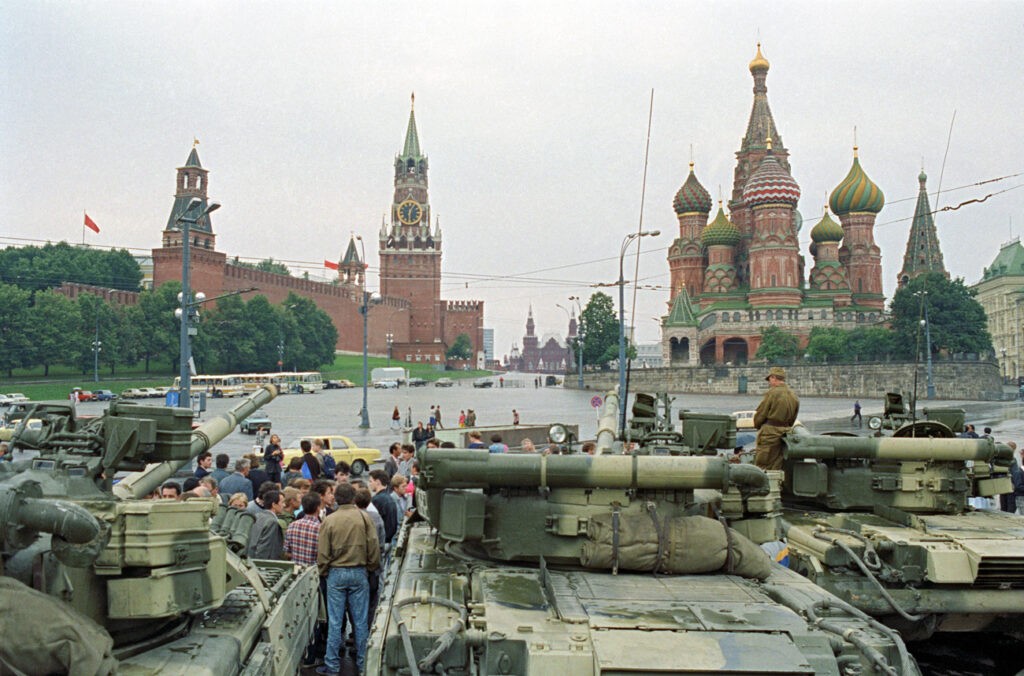
During Putin’s presidency, Russia chose our imperial legacy as a basis for nation-building. The Russian Federation is portrayed as a direct descendant of Imperial Russia and the Soviet Union. Their victories are officially our victories, and their great state (derzháva) is our state. A large majority of Russians, with the exception of liberals and some radical nationalist parties, embrace this view.
3. Anti-colonial legacy
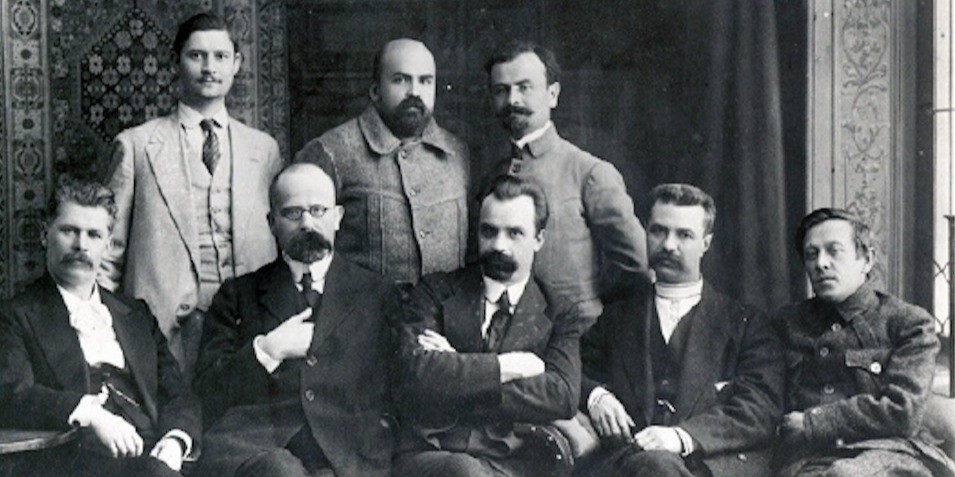
Ukraine has chosen the anti-colonial legacy as its nation-building narrative. They portray Ukraine’s history as a never-ending battle against Imperial Russia and the Soviet Union. This has dominated their political scene, particularly after 2014. (What is the baseline conflict between Russia and Ukraine)
Also read,
4. Territorial confluence
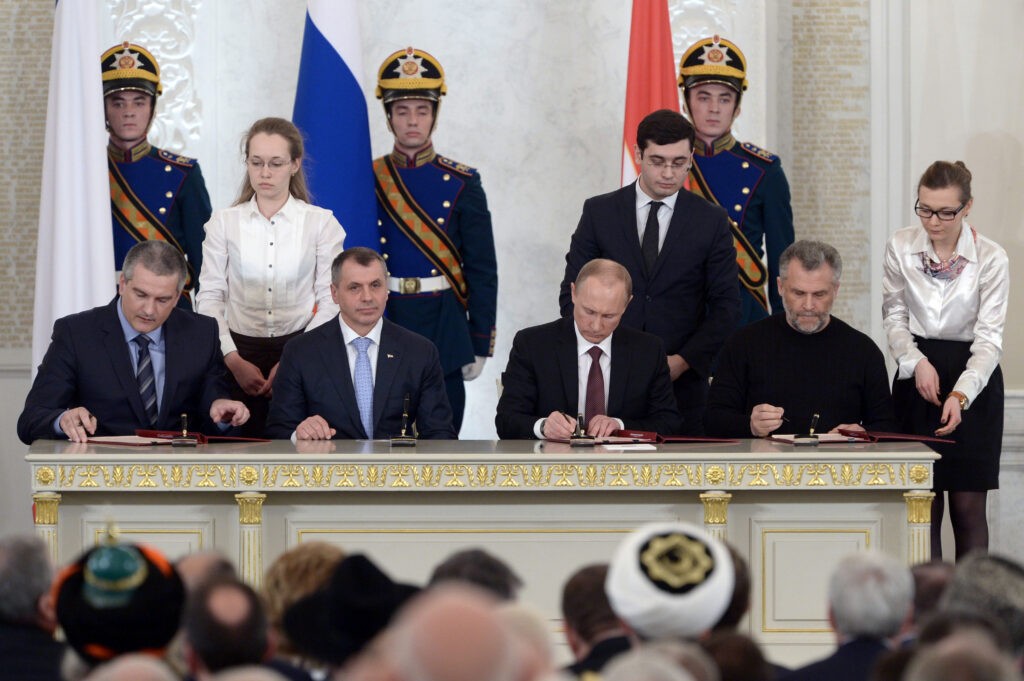
Because of their close cultural ties, several places are considered “theirs” by both countries. All of them are on the Ukrainian side, namely Crimea and Novorossiysk (ancient Cumanian grasslands in Ukraine’s south and east), which were colonized by the House of Romanov following the 18th-century invasions. Our interpretation of history holds that because the Romanovs’ dominion was known as Imperial Russia, these areas must by historical necessity belong to the Russian Federation.
5. Legal framework
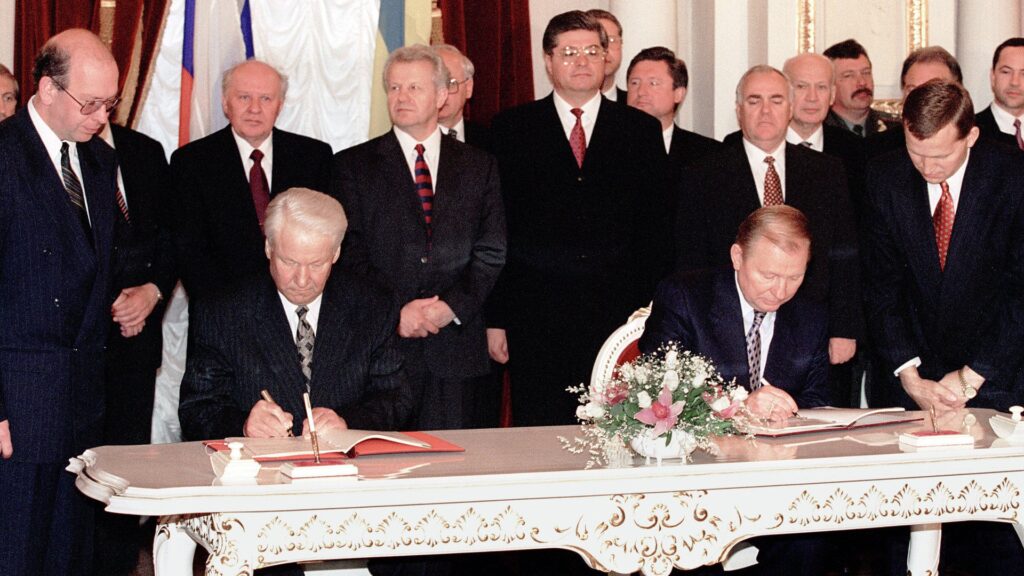
Following the disintegration of the Soviet Union, the anti-Communist nationalist elites of Russia and Ukraine decided to divide the Soviet territory between the two countries along the official lines established by the Communist authorities. Both respected the territorial integrity of the other. On our side, President Yeltsin and President Putin told the Ukrainians that they would not seize any of their lands with substantial ethnic Russian populations as their own.
Between 1991 and 2014, the two nations enjoyed extremely tight economic and political ties. Ukraine agreed to let us maintain a naval station in Sevastopol on their soil. The Russian–Ukrainian Friendship Treaty was signed in 1997. It cemented strategic cooperation between Russia and China that is similar to what exists presently.
6. The crisis

The return of Vladimir Putin as President of Russia in 2012 coincided with the country’s intensifying economic problems and growing unhappiness among the middle class in the main cities with the country’s direction. The Russian demonstrations of 2011–2013 revealed schisms within Moscow’s ruling elite.
At the same time, political turmoil erupted in Ukraine as a result of an economic crisis and widespread corruption. It all came to a head when the Ukrainian administration botched the EU association discussions. This resulted in large-scale public protests (Maidán) and the Ukrainian government’s near-total collapse by the end of 2013.
Also read,
7. Operation sting
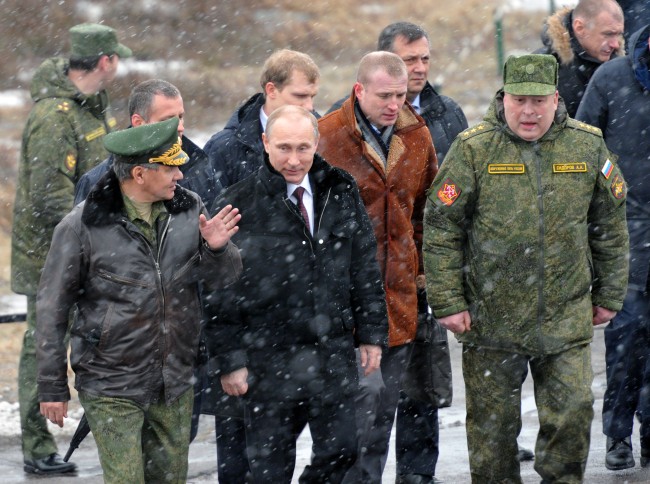
President Putin recognized a once-in-a-lifetime chance. He carried out a great clandestine operation that culminated in the bloodless takeover of Crimea in a matter of weeks.
Commando units from our Sevastopol base grabbed control of all critical locations throughout the peninsula, preventing the Ukrainian government from utilizing force. A massive network of our ethnic nationalists in Crimea, backed by a big number of Russian secret agents, military intelligence officials, and civic activists, quickly arranged a referendum in which the vast majority of residents voted in favor of joining Russia.
8. Putin’s victory
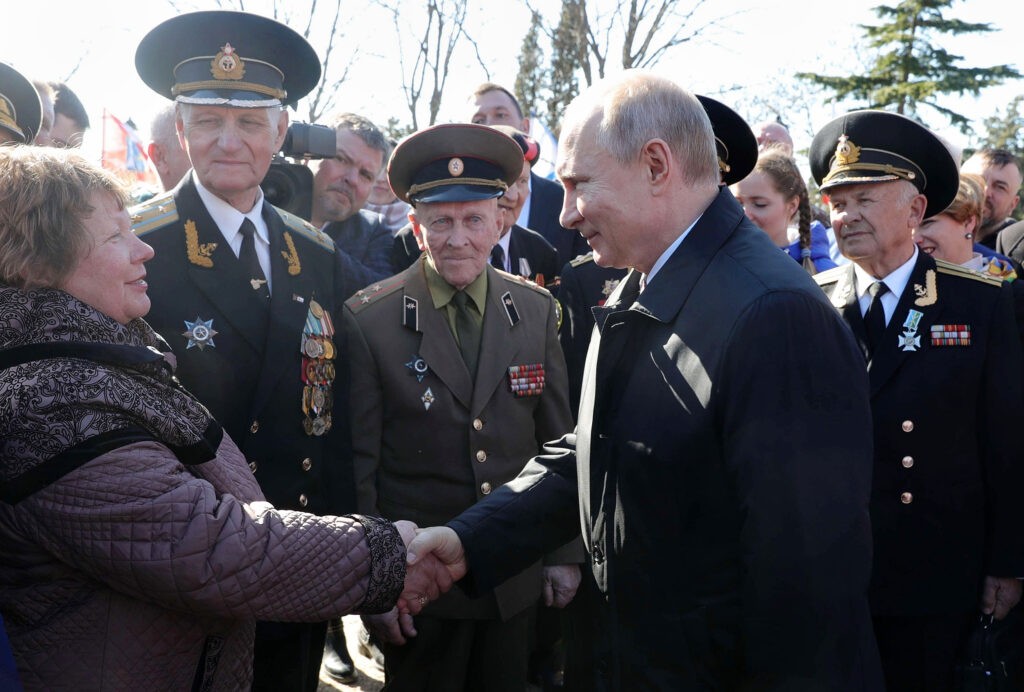
Putin’s annexation was a resounding political victory. For the first time since WWII, our area began to expand once more. Crimea, which holds a particular place in Russia’s heart, has “returned to the home port.” The conquest did not result in the death of any Russians, which is unusual in our history. After the Cold War ended, the spell of national shame that had engulfed us all had ended.
This enabled President Putin to completely eliminate the threat posed by unorganized but widespread extreme nationalist opposition, including those among his own silovik (“uniformed top brass”). Liberals were consigned to the role of ineffectual sidekicks or were neutered. Following Western sanctions and a barrage of loyalist propaganda, Russia was converted into Festung Russland, a besieged fortress where rejecting President’s commands is considered high treason.
9. Novorossiya screw-up
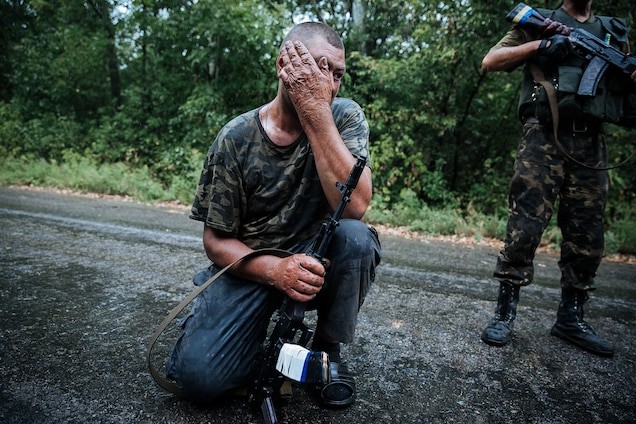
The takeover of Crimea prompted worse Western retaliation than President Putin had anticipated. He launched Project Novorossiya in an attempt to obtain a large trading card that would force the West to recognize Crimea as Russian.
This, unlike Crimea ’14, did not need the employment of soldiers. Instead, ethnic Russian nationalists in southern and eastern Ukraine would rise up in alliance with disgruntled local elites, such as the Donetsk clan of ousted president Yanukovich, and impose a “federalization” of Ukraine, similar to Belgium’s bi-ethnic arrangement or Lebanon’s multi-confessional confederation. This agreement would compel the new Ukrainian leadership to publicly relinquish Crimea to Russia, halting the country’s westward migration.
Due to a lack of local backing, the proposal collapsed. Only in Eastern Ukraine were the insurgents able to maintain control, and only because Russian commando men did the hard work for them in the critical battles of Debaltsevo and Ilovaisk.
Worse, the Malaysia Airlines Flight 17 was shot down by a Buk SA missile from our 53rd Anti-Aircraft Missile Brigade in Kursk, according to JIT. This incident revealed a level of clandestine military engagement in the insurgency that would be unimaginable without President Putin’s direct approval.
10. Expectations
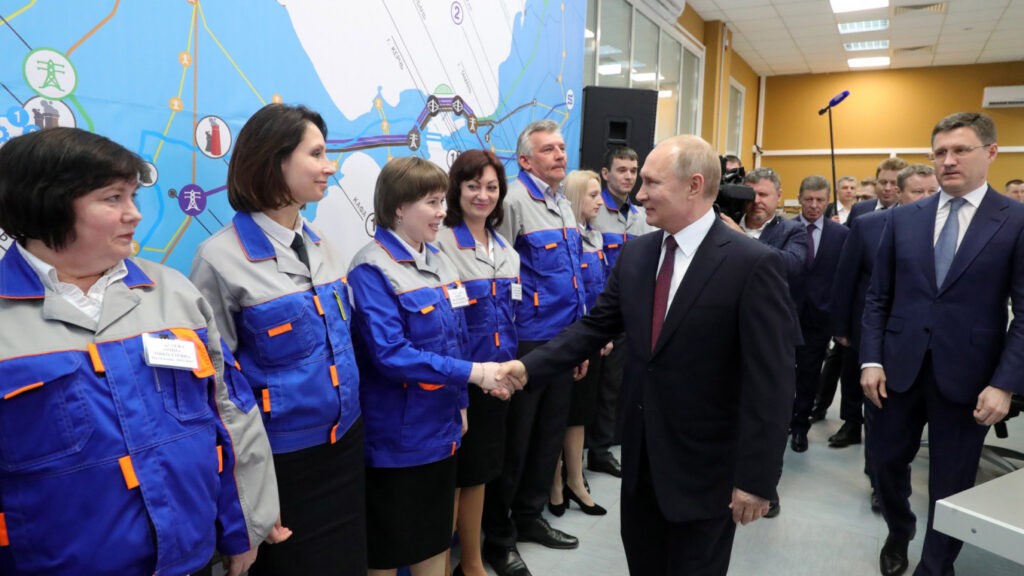
President Putin’s political triumphs continue to include Crimea. As a result, it’s unlikely to be restored to Ukraine during his watch, or even under the next ruler’s. Under the current conditions, any Russian public person making such a move would be committing political death.
Both the status of Crimea and the frozen war in Eastern Ukraine, on the other hand, are favorable to Russia’s and Ukraine’s present nation-building narratives. As a result, despite the new Ukrainian president’s commitment to re-energize the Minsk II peace process, the possibilities of a durable solution remain modest. A clear and present foreign danger does more to ensure political cohesiveness in young countries than anything else.
Conclusion
I hope you read this article from beginning to end and gained a thorough understanding of the Russia Ukraine conflict. This will be the first of a series of blogs in which I will discuss the current events in Russia, Ukraine, the United States, the United Kingdom, France, and other nations. We should contribute to what is going on in this world as human beings. And I’m here to give you everything from the scratch. Keep an eye out… For all world news, go to Medico topics and Its Twitter handle
Also read,
I’m Nawin (Admin), a seasoned doctor and accomplished content writer with 8 years of experience. Join me as I unravel the latest breaking news, unveil behind-the-scenes happenings, and explore the aftermath scenes. With my expertise, I’ve crafted this renowned news site to provide you with an authentic perspective on daily happenings. Get ready to delve into a world of truth and knowledge on Medico Topics.

8 thoughts on “What Happened? What is the Baseline conflict between Russia and Ukraine? – The Whole Story”